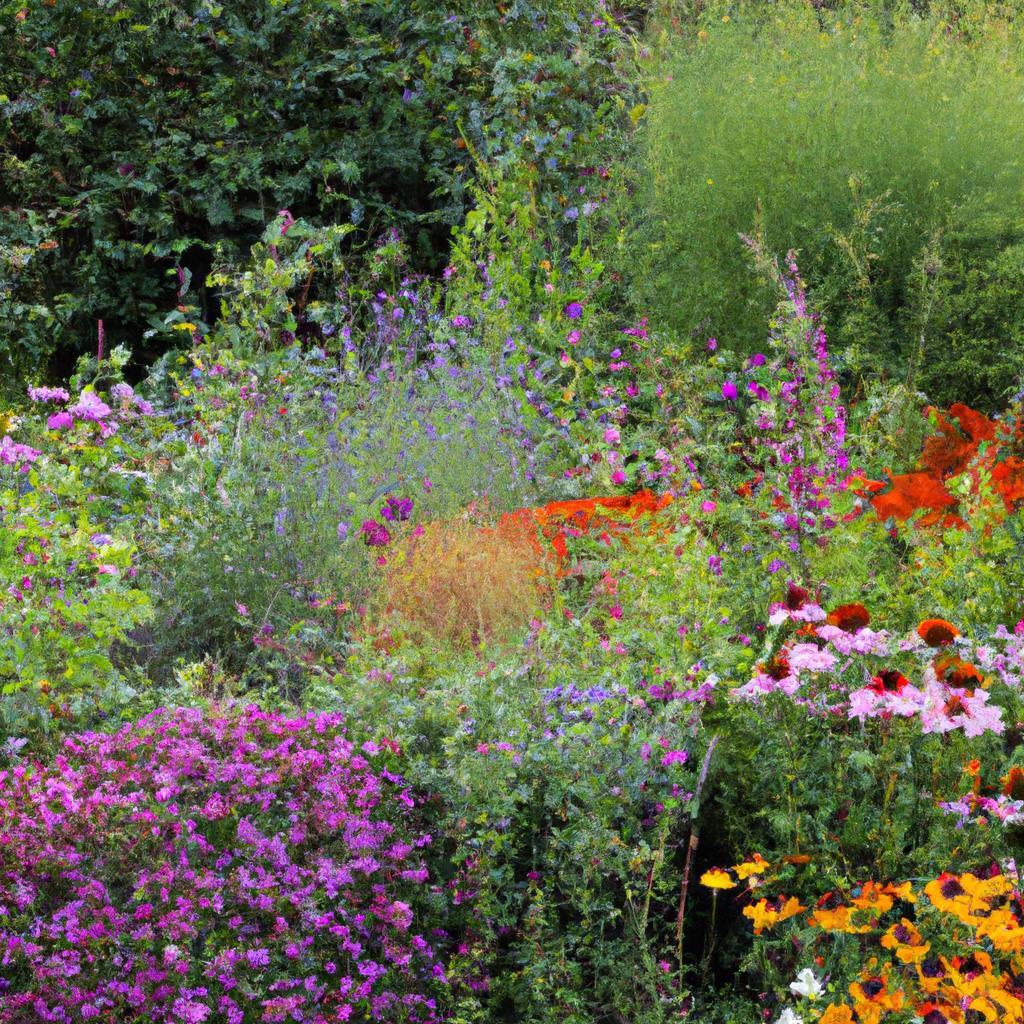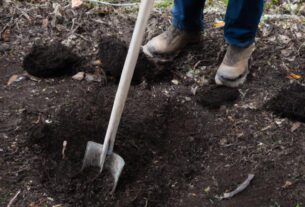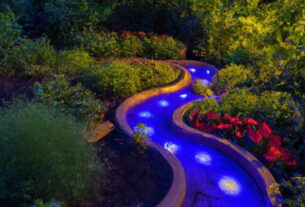Are you tired of the hassle of replanting your garden every year? If you’re looking for a convenient way to add color and variety to your garden, garden perennials are the perfect solution. These versatile plants are a must-have for any landscaping plan, offering low maintenance and long-lasting blooms that can enhance the beauty of your garden for years to come.
Types of Garden Perennials
Garden perennials come in a variety of options, including flowering perennials, foliage perennials, and ornamental grasses. Flowering perennials produce beautiful blooms in various colors and sizes, adding pops of color and texture to your garden beds. On the other hand, foliage perennials have attractive leaves in different shapes, sizes, and colors, keeping your garden interesting even when not in bloom. Ornamental grasses are also a popular choice, providing texture and movement that create a natural-looking backdrop for other plants.
When selecting garden perennials, it’s important to consider the growing conditions in your area. Some perennials prefer full sun, while others thrive in partial or full shade. Choose plants that will thrive in your specific conditions for the best results.
Benefits of Garden Perennials
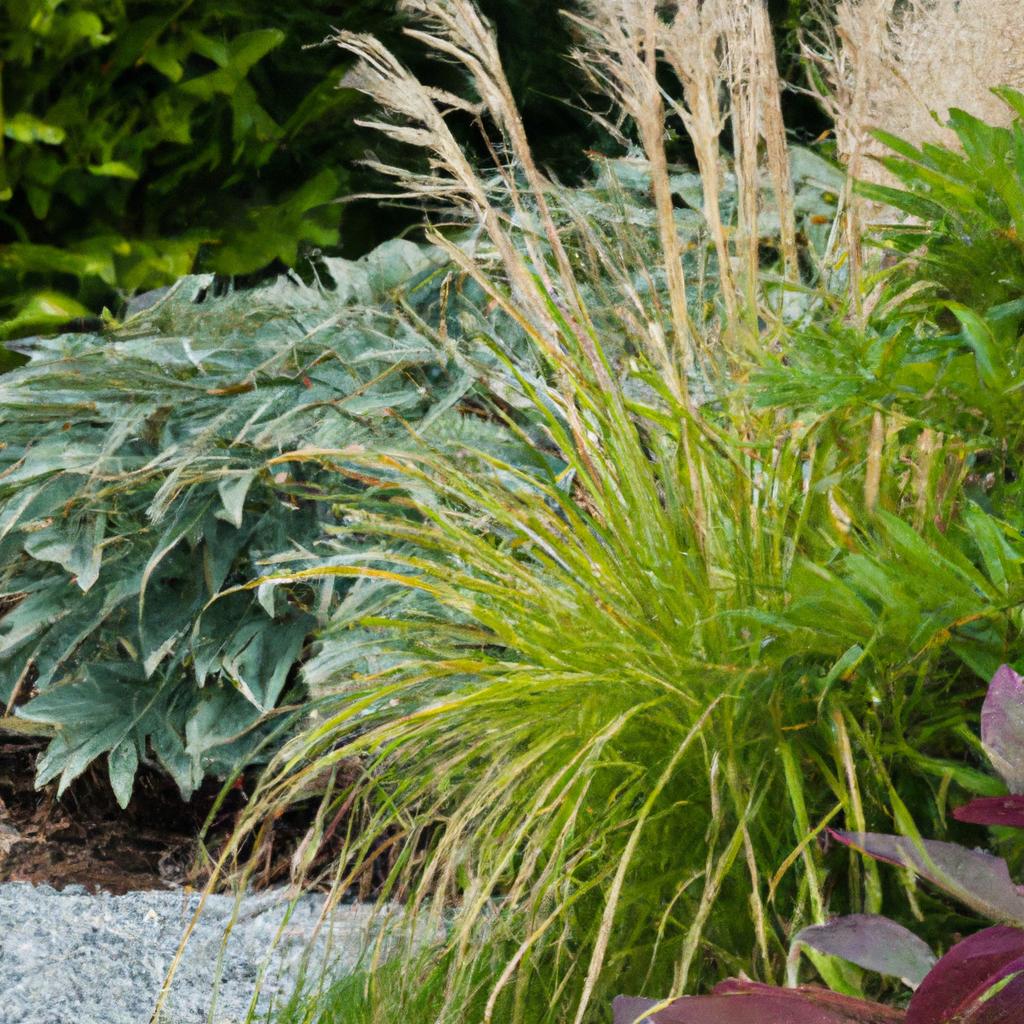
One of the biggest advantages of garden perennials is their low maintenance requirements. Once planted, they will come back year after year, eliminating the need for replanting. This saves both time and money in the long run. Additionally, being hardy plants, garden perennials are more resistant to pests and diseases, reducing the need for harmful chemical interventions.
Another significant benefit of garden perennials is their cost-effectiveness. Although they may be more expensive initially, their longevity saves you money over time by eliminating the need for annual replacements. Furthermore, their hardiness means they require less water and fertilizer compared to annuals, reducing costs even further.
Finally, garden perennials are known for their long-lasting blooms. Unlike annuals with a shorter blooming period, perennials can bloom for weeks or even months, providing a consistent source of color and beauty to your garden. This makes them an excellent investment for any landscaping plan.
How to Grow and Care for Garden Perennials
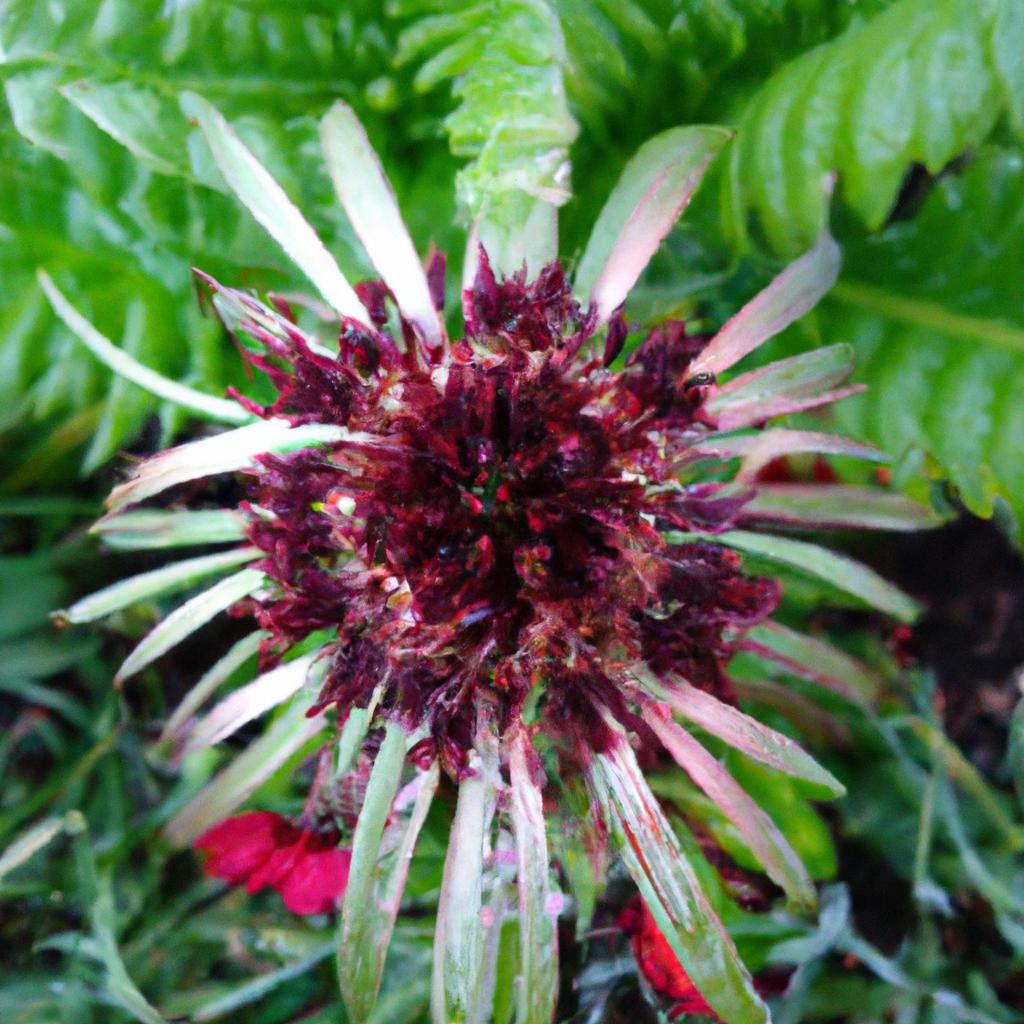
Proper soil preparation is essential for growing garden perennials. These plants prefer well-draining soil that is rich in organic matter. Before planting, improve the soil’s texture and fertility by adding compost or other organic materials.
When it comes to watering and fertilizing, it’s crucial to strike a balance. While garden perennials require regular watering, overwatering can lead to root rot and fungal diseases. Water deeply but infrequently, allowing the soil to dry out slightly between waterings. Similarly, fertilizing is important for healthy growth and blooms, but excessive fertilizer can result in excessive foliage growth and fewer blooms. Use a balanced fertilizer and follow the manufacturer’s instructions.
Lastly, pest and disease control is necessary to ensure the health of your garden perennials. Regularly monitor your plants for signs of pests or diseases, and take immediate action if necessary. There are various natural and chemical interventions available, depending on the severity of the problem. By following these simple steps, you can enjoy the beauty and benefits of garden perennials for years to come.
Popular Garden Perennials
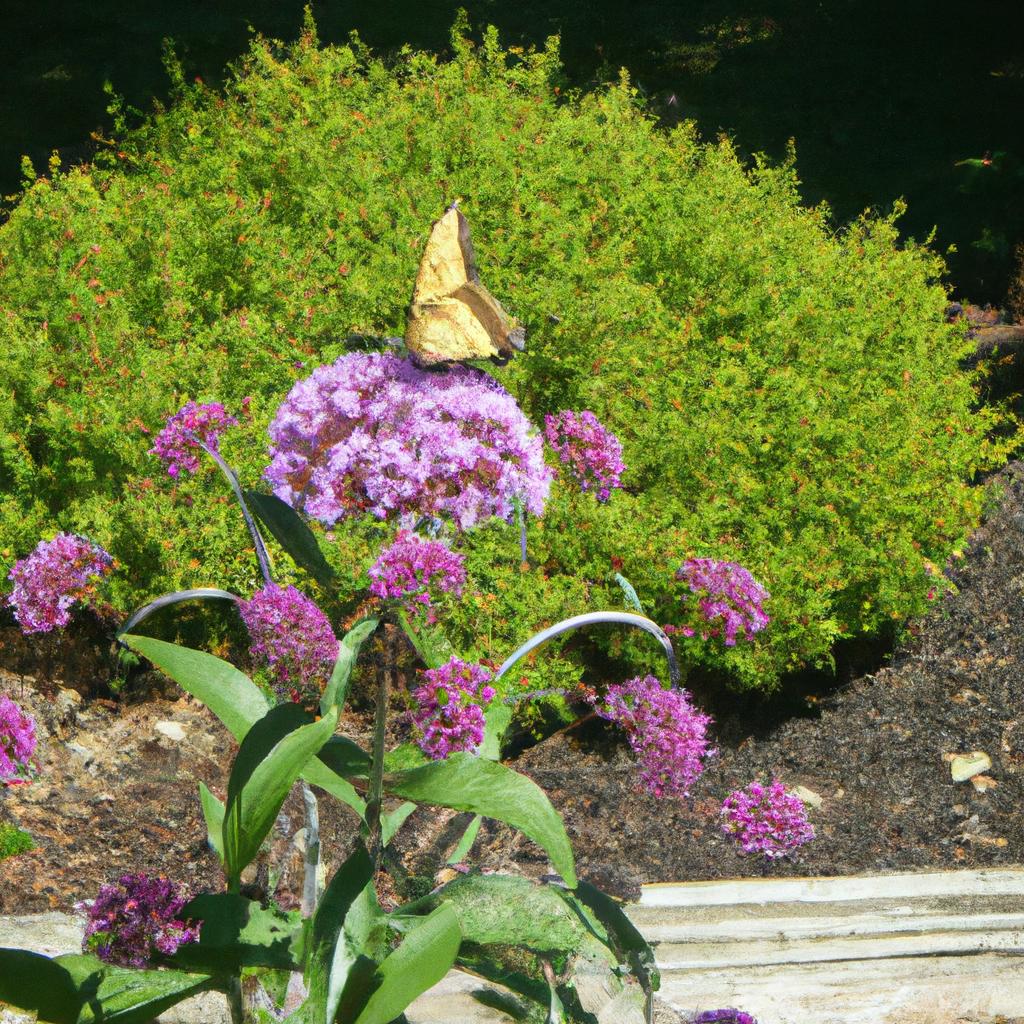
Looking for inspiration for your garden? Here are a few popular garden perennials that are sure to make a statement:
- Daylilies: Low-maintenance perennials with a variety of colors and long-lasting blooms.
- Hostas: Large, attractive leaves that add texture and interest to your garden.
- Coneflowers: Cheerful perennials in different colors, known for their easy care and extended bloom time.
- Black-eyed Susans: Bright yellow flowers, easy to grow, and attractive to bees and butterflies.
- Sedums: Hardy perennials with a variety of colors, drought-tolerant, and low maintenance.
Conclusion
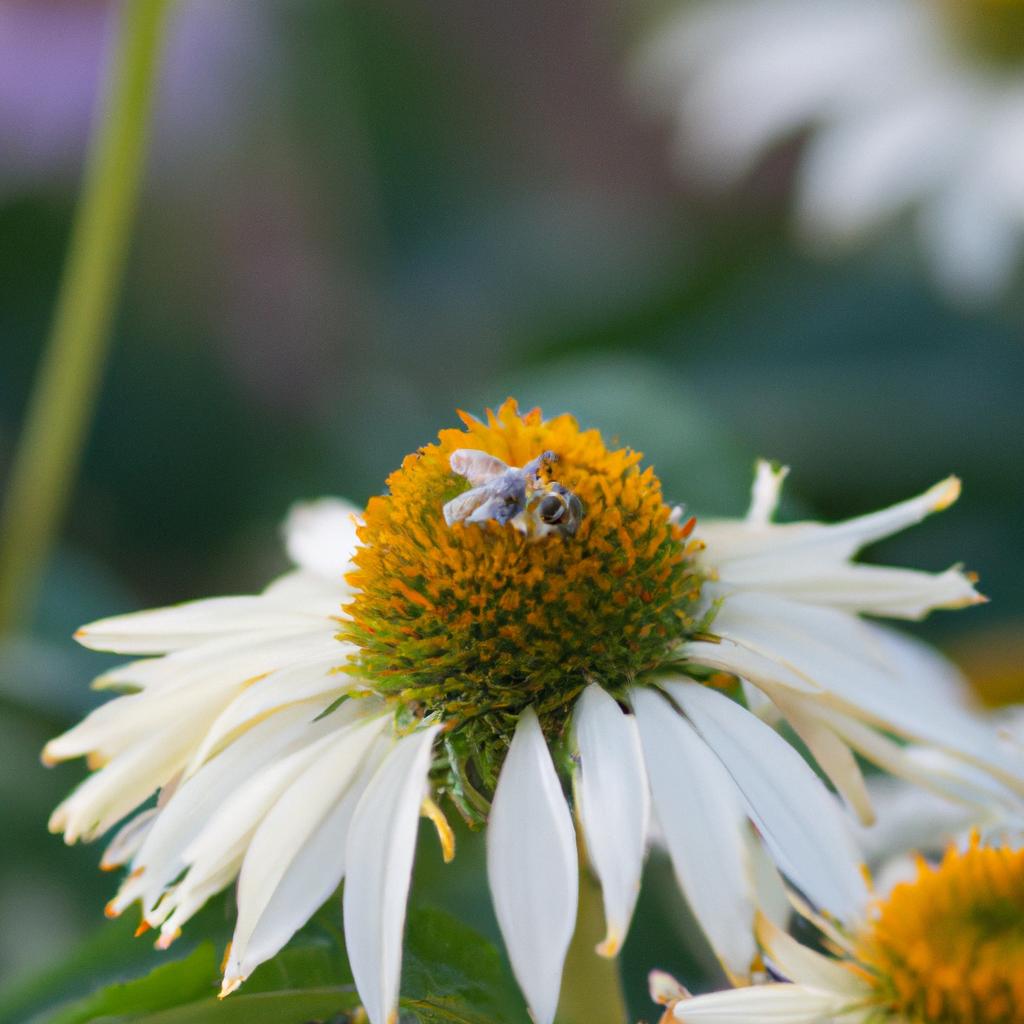
In conclusion, garden perennials are a fantastic addition to any landscaping plan. With their low maintenance and long-lasting blooms, they provide a cost-effective way to add color and interest to your garden year after year. Whether you prefer flowering perennials, foliage perennials, or ornamental grasses, there is a garden perennial that will thrive in your specific growing conditions. So why not add some garden perennials to your landscaping plan today? Your garden will thank you for it.
